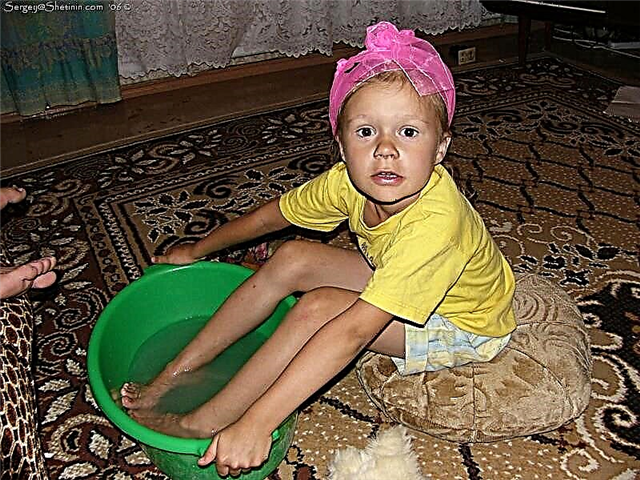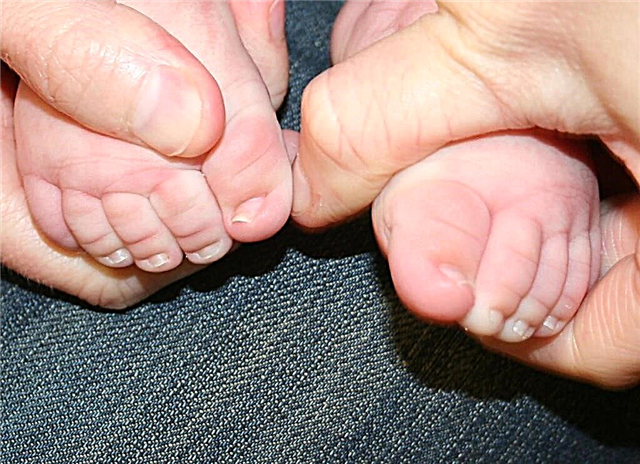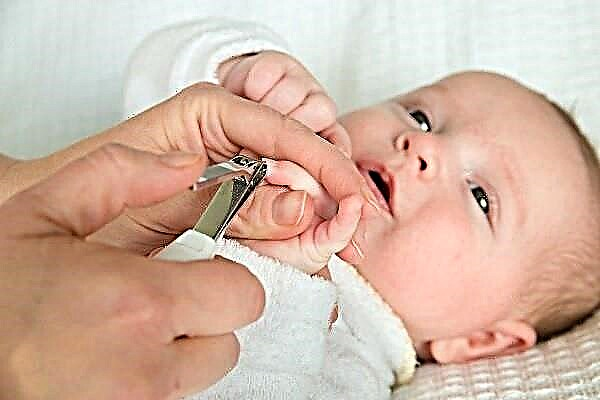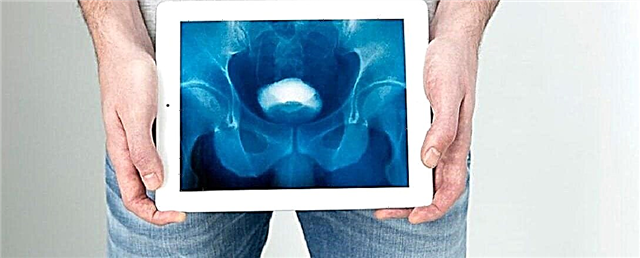If a child's feet are peeling, this may signal the presence of some problem in his body. To save the baby from this trouble, parents need to know what this can mean. Peeling of the legs in an infant can be both a symptom of the disease and an allergic reaction to various external stimuli. The problem must be taken seriously, since without proper treatment, it can provoke the appearance of deep cracks and wounds on the heels, this will cause severe discomfort while walking.

The child's feet are peeling
Possible causes of peeling
The reasons from which the legs of the child most often peel off:
- Insufficiently hydrated skin. In a child under one year old, the skin is particularly tender and hypersensitive, so parents should not ignore the importance of filling it with moisture. The peeling of the skin on the feet may begin with slight peeling.
- Fungus. Very often, in children, the skin peels off due to the defeat of mycosis, which the baby could pick up when in contact with the shoes of a sick adult. Severe itching and a very unpleasant odor are considered accompanying symptoms.
- Avitaminosis. Children's skin on heels and toes can peel off due to insufficient amounts of vitamins A, D, E.
- Dysbacteriosis. In children, the skin on their fingers can often peel off due to problems in the work of the gastrointestinal tract. Such problems most often occur in infants, since their digestive organs have not yet been fully formed. Due to dysbiosis, immunity may decrease and allergic reactions may appear.
- Allergies may be the reason why a young child will have heels. An allergy, which manifests itself as a reaction to food, clothing, cosmetics or household products, can affect the appearance of dyshidrosis. In this disease, small blisters appear first, and then peeling and severe itching occur. Crusted wounds gradually form.
- Wearing tight shoes. Inappropriate, uncomfortable shoes or boots often lead to the fact that the skin on the feet of children begins to peel off. Socks and tights made from artificial fabrics are similar irritants. Air access is blocked to the skin surface, sweating of the legs increases, which leads to their peeling.
- Helminthiasis. Peeling of the skin on children's heels can be caused by the presence of helminths or other parasites in the baby's intestines.
- Washing powder. Laundry detergents, even those made specifically for babies, can cause a negative reaction from babies' skin.
- Cosmetics: shampoo, foam, cream and other cosmetics, with the help of which parents take care of their baby's skin.
- Lack of vitamins and minerals. This process is especially active if it is accompanied by a serious chronic illness or weak immunity.
- Chlorinated water. Prolonged exposure to chlorinated and very hard water can cause flaky skin. Dryness can appear on the baby's small hands, especially the palms, fingers and pads. Because of this, it is inconvenient for the baby to grab toys in his hands.
- Radiation. With frequent exposure to the sun, burns are often observed, they cause dryness and peeling of the skin.
- Stress, overwork, overstrain.
Important! Only a qualified doctor can save the baby from discomfort and choose the right treatment, since the causes of the disease are very different.

Child's foot
Diagnosis of peeling feet in a child
If the skin on the feet of an infant is peeling, it is imperative to consult a pediatrician for advice. Self-medication in this case is not worth doing, since you can only aggravate the situation. To prescribe a competent and effective therapy, the doctor will require the following examinations:
- General analysis of blood and urine;
- Scraping from the affected skin area;
- Ultrasound of the abdominal cavity and kidneys to detect pathology;
- Taking an allergy test;
- X-ray examination of the lungs;
- Stool analysis for parasites.
Note! In a child, the feet often flake off with a slight imbalance in the body or a dermatological problem. This symptom is the primary symptom of the disease. You do not need to ignore it, it is important - to seek help from a doctor as soon as possible.

The baby has very dry skin on the legs
What to do for parents
If the doctor determines that the child has vitamin deficiency, it is necessary to make some adjustments to the baby's diet as soon as possible by adding more vitamin-containing food. For very young babies who eat only breast milk, changes in the diet need to be made by a nursing mother. If a child eats formula milk, it is important to choose the artificial food in which there are more vitamins. It is also very important to develop the correct diet. If the baby is already receiving complementary foods, you should add more fruits, vegetables, marine fatty fish and dairy products to the menu.

Vitamins a child needs are found in vegetables and fruits
Important! To successfully get rid of an unpleasant symptom, you must first eliminate the cause that caused it and start strengthening the body's defenses.
A moisturizing or nourishing cream will help in the healing process. It needs to be rubbed around the entire perimeter of the feet, paying special attention to the areas between the toes. You can also use sea buckthorn oil or aloe extract.
At the first signs of peeling, you can use foot baths with the addition of sea or table salt (for 1 liter of water, 1 tablespoon of salt). Exfoliated skin must be carefully cleaned off with a pumice stone or a special brush, wiped the legs with a towel and lubricated with cream.
Laundry soap is a good remedy for flaking baby's toes and heels. They need to rub the baby's feet, put on socks made of natural material and leave it until morning. In the morning wash your feet well with warm water and lubricate with moisturizer.
When the feet of an infant are very scaly, foot baths with the addition of a decoction of medicinal plants that have medicinal properties will help. It is best to use lavender, calendula, chamomile, mint, sage, linden. To prepare the broth, you need to take two tablespoons of dry herb, pour two glasses of cold water. Bring the mixture to a boil and simmer over low heat for 5 minutes. Next, strain the broth and add to the water bath. Put the baby's feet in the bath for 15 minutes. Then dry with a terry towel and spread moisturizing cream on the feet.
Additional Information. You should not use a hormonal ointment or cream that contains corticosteroids in the composition, as this is an ineffective remedy in dealing with such a skin problem. You also do not need to use antiseptic and antimicrobial agents if the baby has not been diagnosed with microbial or fungal inflammation.
If, after the examination and testing, it was revealed that the child has an allergy, the doctor must prescribe antihistamines. They will need to be given to the baby within 5-7 days.

The child is given a foot bath
Preventive measures
It is easier to prevent the situation when the baby has crusts on the legs than to treat them later. Therefore, parents need to take seriously the following preventive actions:
- Every day before going to bed, wash your baby's legs, when he grows up, teach him how to do it on his own.
- After water procedures, lubricate the baby's feet with a baby cream with a moisturizing effect.
- Every two days, make warm foot baths for the crumbs, adding a decoction or infusion of medicinal herbs to the water. The kid should keep his feet in the water for at least 20 minutes.
- Treat softened and steamed feet with a special foot brush, cleaning off the lagging layer of skin.
- Choose the right shoes. It should be made from natural materials. Do not buy very small and tight shoes or shoes.
- Put on socks and tights made of natural material on the baby, which will provide the necessary ventilation for the feet. Wool or cotton is great.
- Observe the water balance. Make sure your baby drinks as much water as possible, especially in hot weather.
- Provide the baby with proper nutrition. The reason that the child's feet are severely flaky may be a poor diet. Parents should make sure that all food that the baby eats is rich in vitamins and minerals.
- In autumn and spring, strengthen the child's immunity with various vitamin supplements.
- Moderately use cosmetics and chemicals in general while treating baby skin.
- Tempering the baby regularly, this will help to strengthen the protective properties of the body.
Skin is very important for a person, especially a baby, since it is she who is the most important protection from the environment. For this reason, it is necessary to carefully monitor the health of the skin. If the skin on the feet of a child peels off, appropriate measures should be taken immediately. After all, the sooner the treatment begins, the sooner the baby's heels and fingers will become smooth and soft again.



